15 facts about solar eclipses
Categories: Space
By Pictolic https://pictolic.com/article/15-facts-about-solar-eclipses1.htmlAn eclipse is an astronomical situation in which one celestial body obscures the light from another celestial body. The most famous are lunar and solar eclipses. It is about them that will be discussed in this issue.
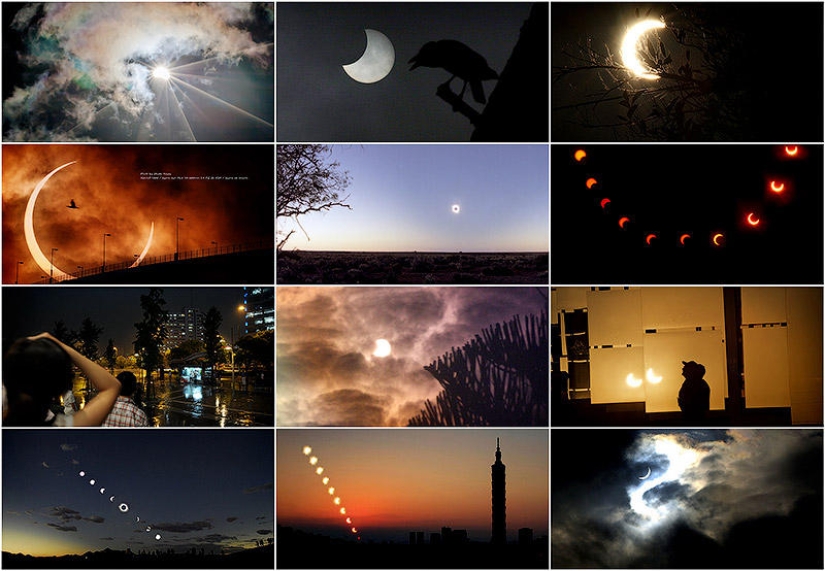
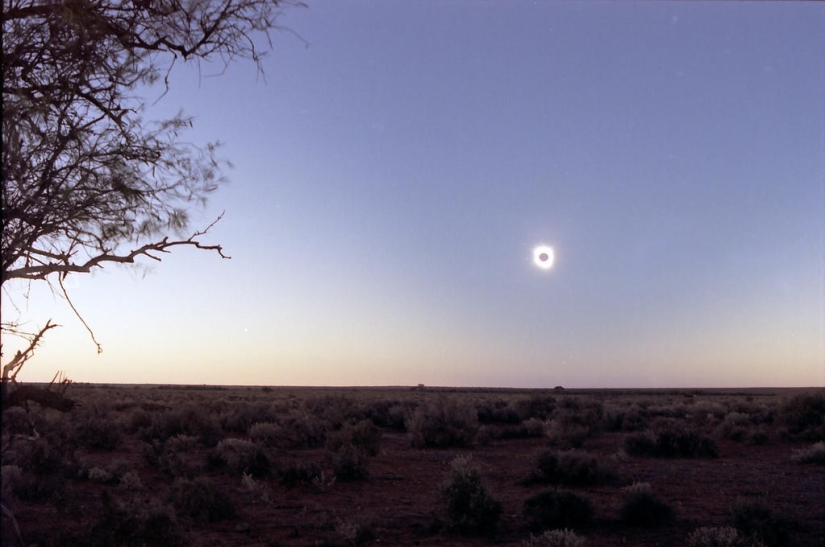
The longest eclipse in our century occurred on July 22, 2009, it was observed in India, Nepal, Bhutan and China. The duration of this eclipse was 6 minutes 29 seconds.
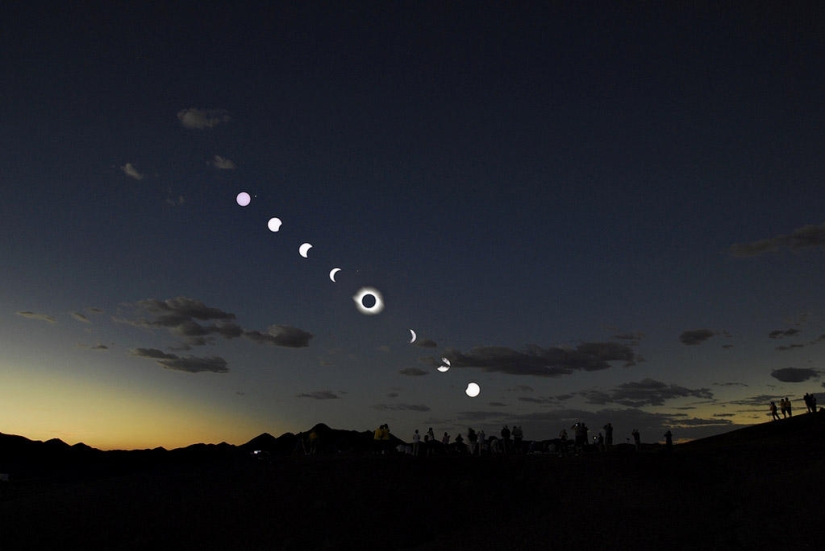
The shadow of the Moon during an eclipse moves across the Earth's surface at a speed of up to 2000 meters per second.
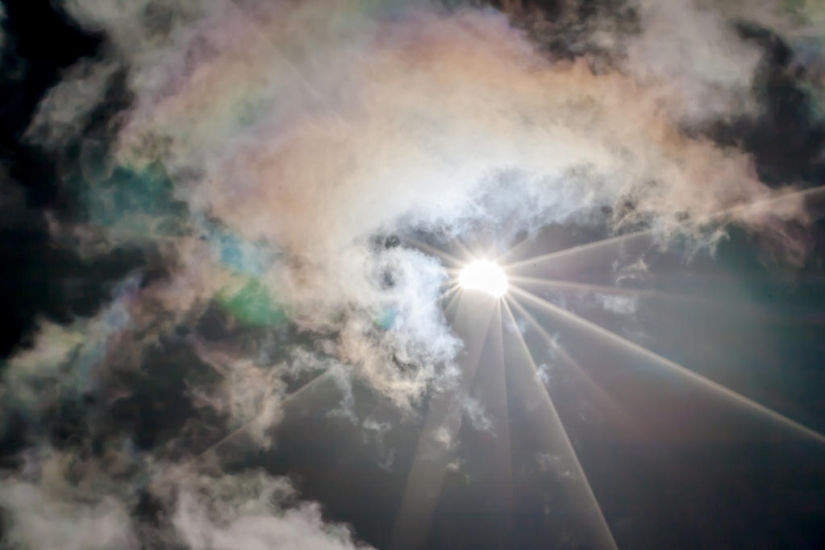
Before completely disappearing behind the moon, "rays" and various formations are clearly visible on the edge of the solar disk. This is due to the fact that the sun's rays pass almost parallel to the surface of the Moon, reflecting and lingering on the irregularities of the lunar soil — craters and mountains.
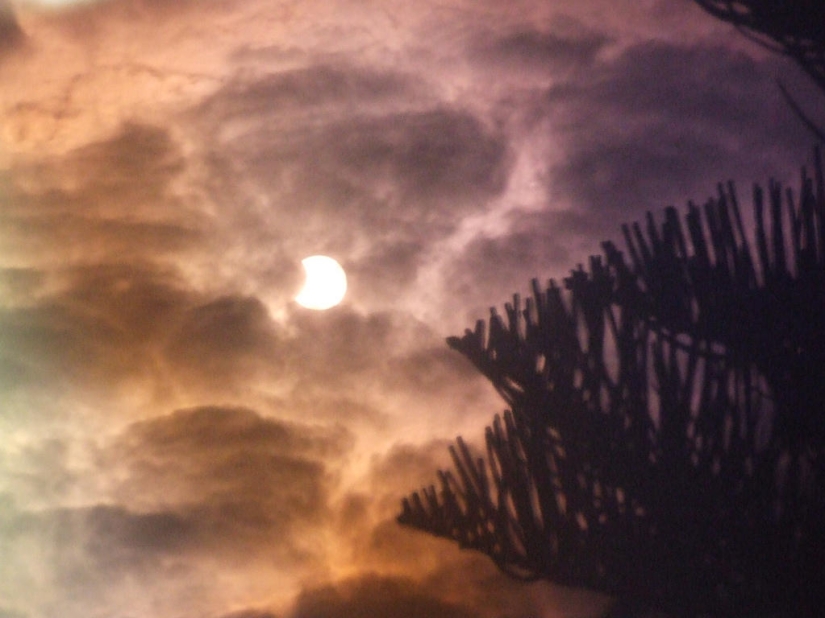
The above feature is often used by young people in love to offer their hand and heart to their chosen ones, because the view in the sky is very similar to an engagement ring with a stone.
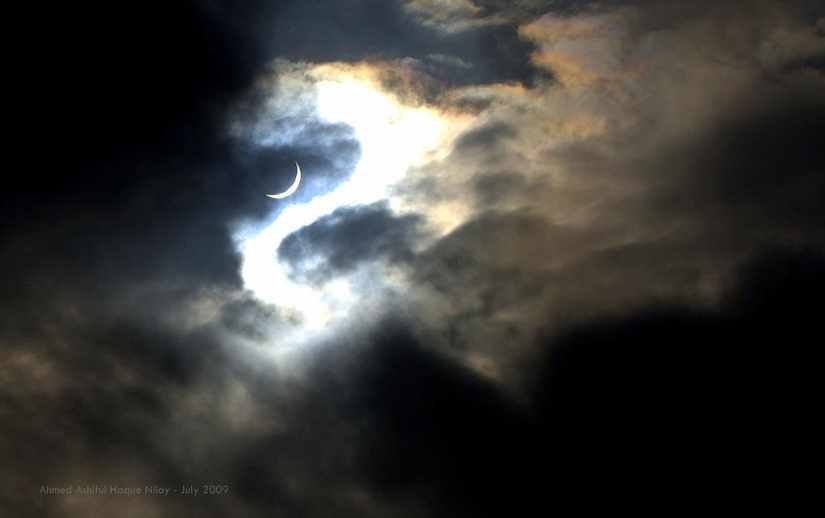
The beauty and "accuracy" of the solar eclipse are due to a wonderful coincidence — the diameter of the Sun is 400 times the diameter of the Moon, while the distance to it is 400 times greater than to the Moon.

Earth is the only place in the Solar System where a total solar eclipse can be observed.
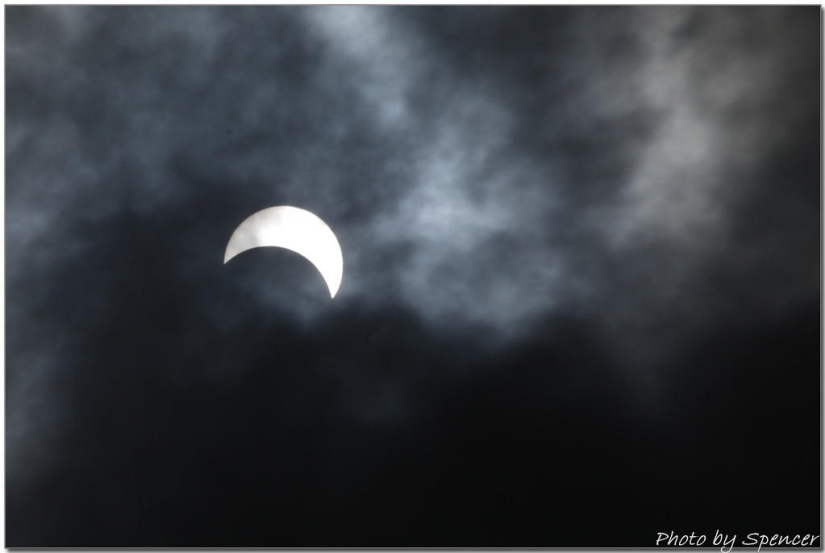
The Chinese character for the solar eclipse — Shi — means "to eat". In ancient China, it was believed that during an eclipse, a solar dog eats the Sun, so all residents began to beat drums intensively and make other loud sounds so that the beast regurgitated the luminary back into the sky.
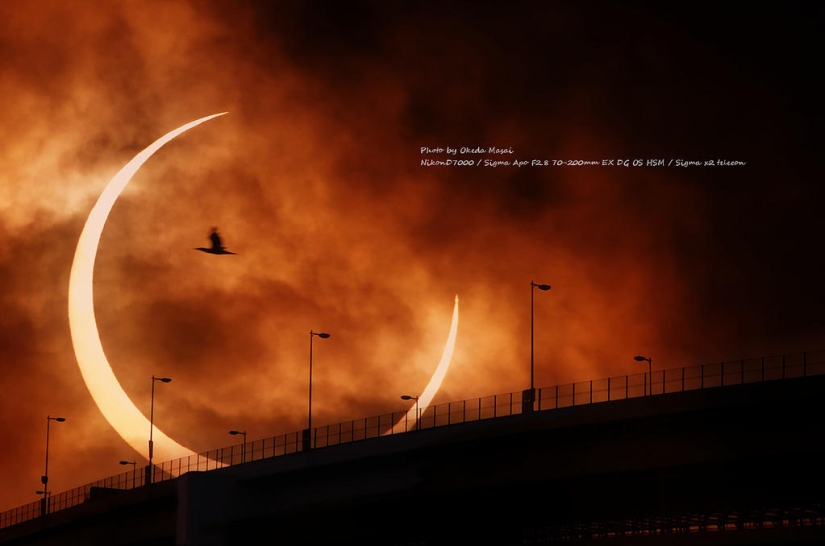
In the same China, the most ancient mentions of a solar eclipse have been found, which date back to at least 1050 BC.
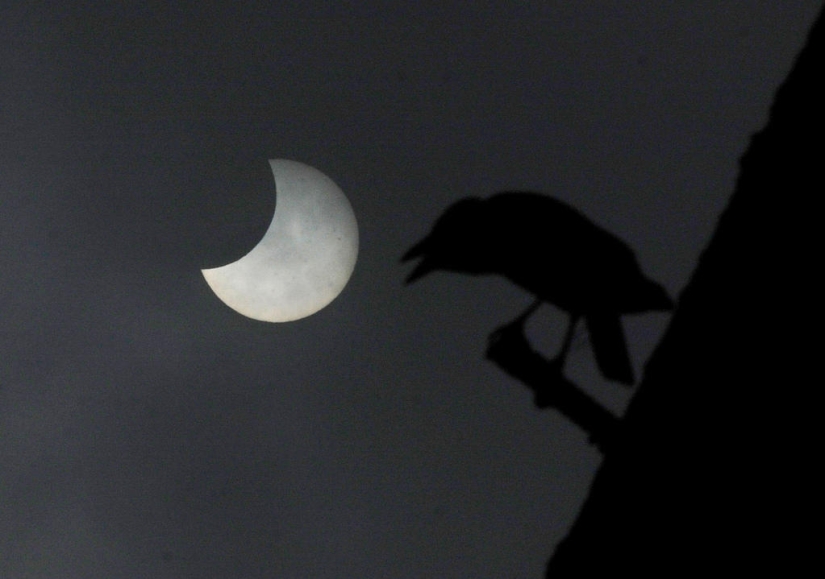
Comparing data from ancient Chinese sources and modern observations, astronomers have determined by complex calculations that the duration of the day has increased by 0.047 seconds over three thousand years.
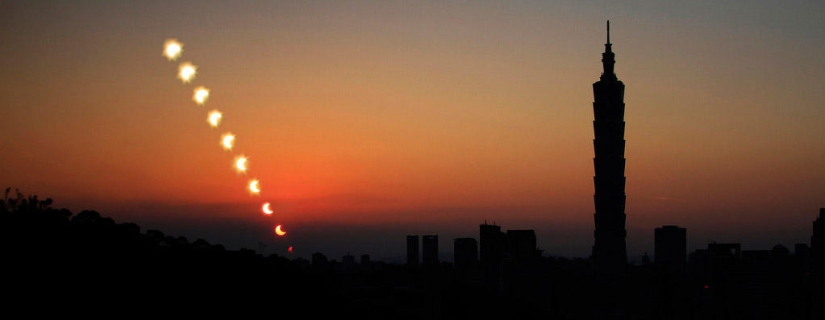
The inertia of the World Ocean, in addition to slowing down the rotation of the Earth, leads to the Moon moving away from the Earth. It is estimated that in 600 million years the Moon will move away from the Earth so much that it will not be enough to "close" the Sun, so solar eclipses will stop.
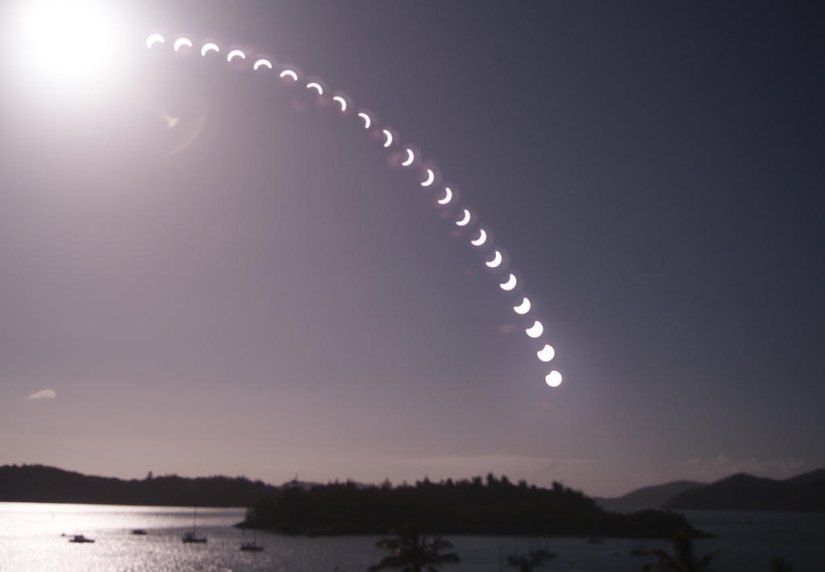
At any point on Earth, a solar eclipse can be observed on average once every 360 years.
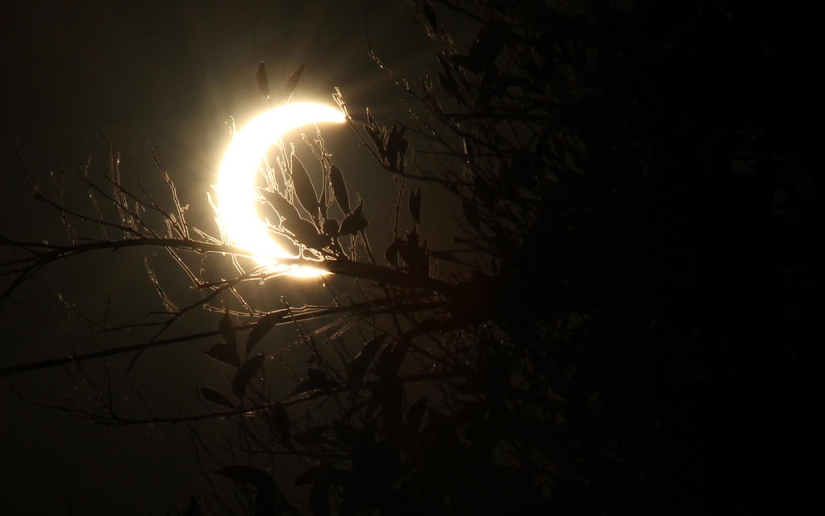
But there are special places on Earth, for example Carbondale in Illinois, USA — the eclipse was there on August 21, 2017 and is scheduled for April 8, 2024, that is, with an interval of only seven years!

During a lunar eclipse, a visible reddish halo forms around the Moon due to the fact that the sun's rays pass through the earth's atmosphere on their way to the Moon.
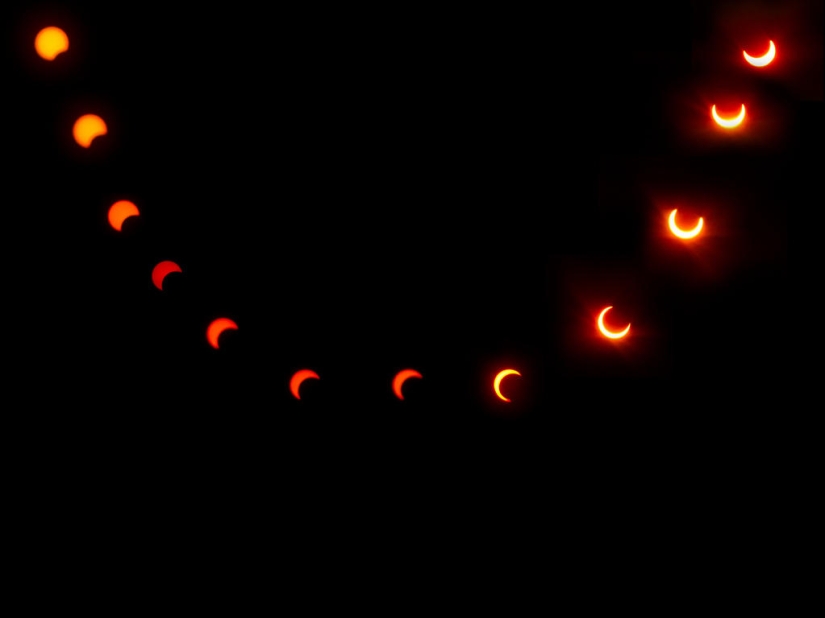
Canadian astronomer J. Campbell spent 50 years of his life "collecting" various types of eclipses. He aspired to see 12 different types of these events, and each time the sky was covered with dense clouds
Keywords: Eclipse | Sun | Facts
Post News ArticleRecent articles

American artist Lee Price is sure that eating is a completely natural process, but many are ashamed of their attitude to food, ...

There is an unusual exhibit at the National Museum of Natural History in Washington. This is the skeleton of a man, on whose chest ...
Related articles

One of the most famous sayings of Horace says: "no One can know everything!". And we completely agree with his opinion. Every day, ...

It is considered that a black cat brings misfortune, and a chance meeting with her on the street not good. In the middle Ages, ...

For a person likely to get struck by lightning in any one year is a chance to 300 thousand. And although 90 percent of people ...

A series of works by photographer Brian VILS from new York, dedicated to girls, sheltered the homeless and abandoned cats. 'brien ...